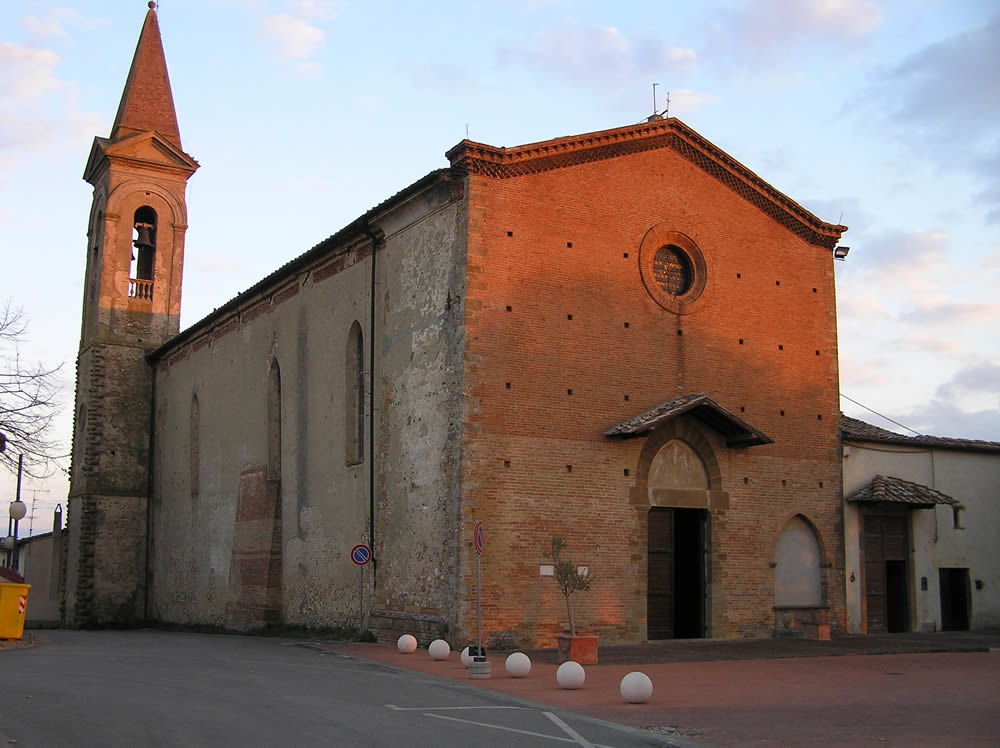Questo articolo è disponibile anche in:
![]() Français
Français ![]() Deutsch
Deutsch ![]() Español
Español ![]() Italiano
Italiano
Tavarnelle Val di Pesa is a town located about 378 meters above sea level in the Chianti hills in the province of Florence, which is about 32 km away. Tavarnelle was born in the Middle Ages as a post station along the Via Regia Romana which led from Florence towards the Via Francigena and the Val d’Elsa, its ancient name was Tabernulae. The town was never surrounded by walls and was only important from a commercial point of view. Until 1893 Tavarnelle was part of the municipality of Barberino Val d’Elsa.
Current Tavarnelle arose from the union of three towns: Tavarnelle, Borghetto and Mocale. Among the oldest examples of the town are the former Franciscan convent of Borghetto, built in the 13th century, and the Romanesque parish church of San Pietro in Bossolo, dating back to the 10th century. The Museum of Sacred Art which is located in the Pieve di San Pietro in Bossolo. The museum has two paintings of great artistic value: the Madonna delle Grazie painted in the first half of the 15th century by Rossello di Jacopo Franchi and the 13th-century panel depicting the Madonna and Child, attributed to Meliore.
INTERESTING VISITS IN THE SURROUNDINGS
In the surroundings of Tavarnelle there are interesting medieval villages such as that of San Donato in Poggio still partly surrounded by its walls and with a beautiful Romanesque parish church. In San Donato there is also the Emilio Ferrari museum of peasant culture. A short distance from San Donato is the late Renaissance Sanctuary of Santa Maria delle Grazie in Pietracupa. Between Tavarnelle and San Donato is the beautiful Carmelite monastery of Santa Maria al Morrocco built in the 15th century, where Australian nuns now reside.
Important for its appearance is the Castello del Nero, now home to a luxury hotel. The main monumental and historical attraction of the municipal area is undoubtedly the Badia a Passignano, a fortified monastic complex dating back to the 11th century. At nearby Sambuca, in the center of an important industrial area, there is a medieval bridge over the Pesa river.
Along the road that leads from San Donato in Poggio to Castellina in Chianti, in the Chianti Botanical Park, near San Donato in Poggio, is the Chianti Astronomical Observatory, a project which, in addition to the scientific contribution, intends to be an element of cultural development for the area.
Questo articolo è disponibile anche in:
![]() Français
Français ![]() Deutsch
Deutsch ![]() Español
Español ![]() Italiano
Italiano

